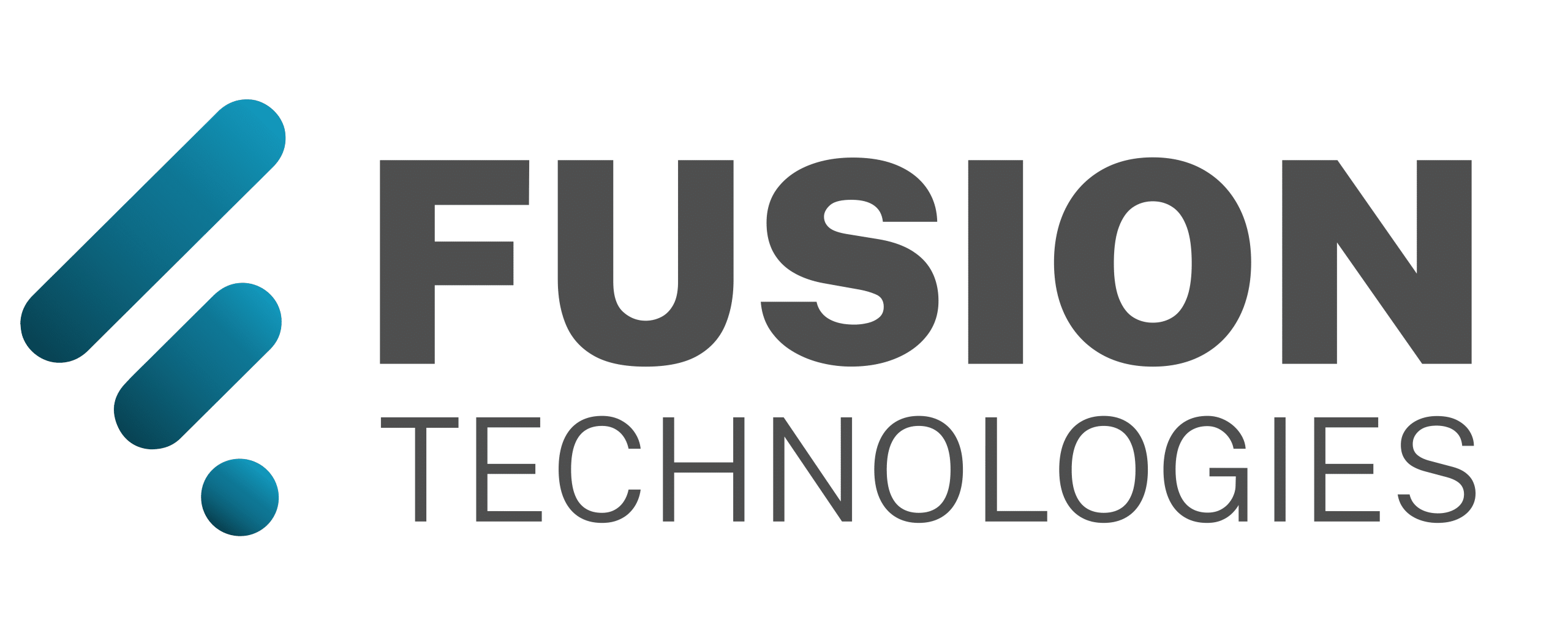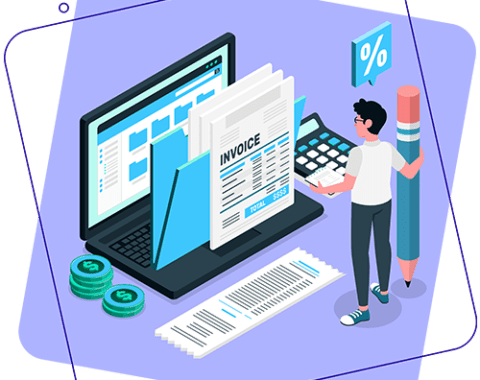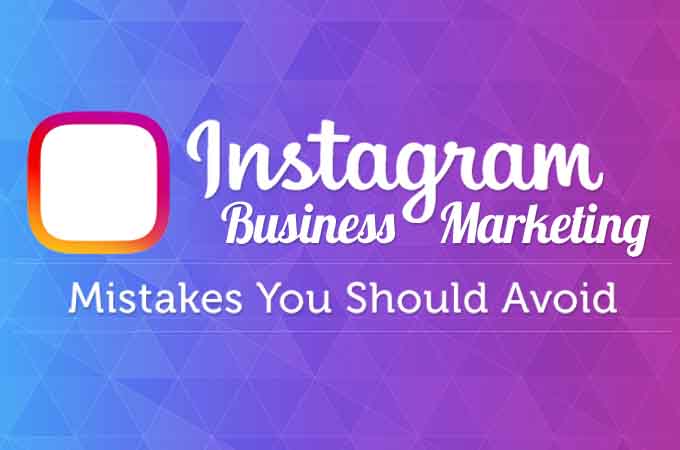Below is a summary of the top digital marketing trend 2020.
1. Predictive marketing
We are living in the age of data abundance where people engage with brands over several channels, they consume content in an unstructured manner and do a lot of homework before making a buying decision. Predictive marketing is taking all these unstructured interactions, looking at existing positive data patterns and anticipating results accordingly.
More and more mature platforms have started to talk about predictive analytics and predictive lead scoring on their blogs and podcasts. This means that a lot of R&D is being made to start offering this capability, not only to the elite F500 but to mainstream small businesses alike. According to GlobeNewswire, the predictive analytics market size is expected to reach $10.95B in 2022.
Some common usage would be identifying the likeliness of a new lead making a purchase decision and what sequence of messages to deliver to them. Or perhaps identifying the most promising channel for message delivery (ex: Email vs SMS vs Push) and determining the type of message to send out accordingly based on the predicted buyer stage.
Many industries have invested heavily in this technology, for example, hotels and resorts have the ability to determine the expected number of guests on a particular day or event to increase their booking rate.
Also, innovative eCommerce businesses have been leveraging predictive data, such as past purchase history, consumer’s preferences and click through behaviors to recommend the new products and better personalized retail experience for their shoppers. No one does it better than the online retail giant, Amazon, where they can detect the time and your readiness to buy, then deliver highly targeted product recommendations via email or recently, via browser extension called “Amazon Assistant“.
2. Smarter ad bidding
Google ($103.73B ad earnings) and Facebook ($67.37 ad earnings), topped the digital ad spend in 2019 according to Emarketer. Their 2020 race is getting brands the best return on their spend using smarter ad bidding options. In fact, ad bidding is the first thing Facebook and Google ad specialists preach during training calls.
While ad bidding is not particularly new, both giants are getting creative with new options. For example, Google recently announced during Google Marketing Live 2019 a smarter automated bidding that uses machine learning to optimize towards selected performance targets in each and every auction—a feature known as “auction-time bidding”.
Smart automated bidding also includes different types of bid strategies such as Target CPA, Target ROAS, Maximize Conversions, or Enhanced CPC. Advertisers can use either of these strategies at a campaign level, group level or portfolio level.
Google and Facebook will also be offering more local business and event-based ad support to bridge the gap between local experiences and advertisers. Most important digital marketing trend 2020.
3. Shoppable posts
Although shoppable posts on social media have been introduced over two years now, 2020 will witness an explosion of these blinking dots, primarily because of easier, out of the box integrations with third-party apps and eCommerce marketing tech.
As the number of Facebook, Instagram and Pinterest users are growing and buying impulses are triggered through feeds and stories, eCommerce businesses are realizing the impact social can have on their eCommerce sales with measurable numbers and increased traffic. According to Instagram, the number of active worldwide users is 1 billion and 90% of them are following shopping brands.
Furthermore, interactive ads would minimize the bounce rate and reduce the sales funnel as customers are provided with a seamless online shopping experience.
4. SEO structured data
According to Jumpshot, a marketing analytics firm, 49% of Google searches resulted in no clicks in the first quarter of 2019 which means that almost half of these searches are lost, missing the chance of gaining traffic.
Another significant change is that the number of visitors that businesses are getting from organic efforts and SEO is expected to decline.
Google has been prioritizing rich ‘visual search’ snippets across all their platforms and devices, which allow visitors to get all the information they are looking a lot faster and help them decide on the right website to click through, right from the top results. Based on a study conducted by Path Interactive, among people aged between 13 and 18, 40% of them are going to get what they need through rich snippets.
This effort by Google will drive more informed click-through and will decrease bounce rates dramatically. The technical implementation of these rich snippets is a big part of what is called structured data and “Schema Markup” which is expected to become the top focused of SEO talks in 2020. Result Oriented digital marketing trend 2020.
The good thing about Schema Markup is that it is coming to the easier adoption phase, with more out of the box plugins for main-stream platforms like WordPress and Shopify, making it easier to configure without technical know-how. If you have a custom build, you can implement this SEO boost manually with JSON-LD.
5. More interactive email experience
Engagement-based emails have been one of the biggest trends in digital marketing for 2019. While email is not going anywhere anytime soon, email consumption, design, and delivery are evolving. In the upcoming year, you will see more naked emails (plain text) and more interactive emails, such as Google AMP for Gmail.
Dynamic or interactive content boosts the user’s engagement and entices them to take action right from their emails instead of having to visit another page to take action. 91% of buyers are looking for such content online.
Examples of dynamic content are polls, quizzes, surveys, animated call-to-action buttons, and add-to-calendar events.
6. Multi-channel social messaging and enhanced attribution
Marketers are finding that more and more potential buyers as well as existing customers are all scattered across the web and are willing to transact directly from their preferred messaging channel. Messaging apps are seizing this opportunity and providing new APIs to open messaging between businesses and consumers.
Apps like Whatsapp, Facebook Messenger, and WeChat, are not restricted to personal uses any longer. And while some have limited private APIs like Whatsapp, others like Facebook are more flexible when it comes to automated bots and already have fully-fledged marketing tech available on the market.
As the total number of active users on these 3 channels combined is 4+ Billion, more businesses are going to expand their customer engagement channels and adopt at least 1 to 2 new messaging platforms in 2020. This will help them effectively communicate with their audience and improve their personalization strategies. This also allows customers who are worried about anonymity to directly reach out to brands and interact using their preferred channel.
Due to this expansion, the marketing platform is able to track more data accurately and create a better attribution model to determine if a conversion came through a Facebook chat or through SMS. At the end of the day, one of the toughest problems for marketers is measuring attribution from referrals they are actively active on or integrated with. Multi-channel social messaging will force a native solution to this problem.
7. Templated marketing automation and better integrations
According to Forrester, the yearly spend on marketing automation is estimated to reach $25B by 2023.
While you will hear new buzzwords in 2020, like AI-powered marketing automation, these capabilities will not live up to their promises, at least until the end of 2021.
Templated MA campaigns and integrated single-point solutions will be a 2020 trend. This is because marketers are seeing a bottleneck in marketing ops due to the amount of work needed to execute a given campaign.
For example, running a paid ad campaign requires many components such as a landing page, a form and a lead data platform before delivering the lead to a nurture workflow. Not to mention, analytics and data consolidation need to be handled externally and require manual work to put together. This process depends on at least 3 tools communicating with each other as well as tons of redundant work each time they want to launch a new campaign.
Marketers are therefore looking for consolidated tools and out of the box campaigns, which can be deployed with few clicks. A templated campaign can include a couple of landing pages, ready forms, data tracking and workflow with all its messages, created based on campaign goals, such as a paid ad campaign. With this capability, marketers can cut downtime, decrease cost and focus on improving their content versus doing redundant work.
On another note, marketers are now expecting better integrations with third-party apps, either natively or using custom APIs. According to the 2020 survey, 32% of marketers were looking for more/easier integrations, when considering a new marketing tech.
Lastly, better integration and a single point solution allow for cross-channel reach and personalization, which is a key driver to conversion optimization.
8. More voice search adoption
Voice search has started to pick-up pace and just as predicted a few years ago “50% of online searches will be voice-based in 2020”. It is the most useful digital marketing trend 2020.
Besides using smart speakers like Alexa, Microsoft’s Cortana or Google Home to answer users’ questions and play music, brands can leverage these devices to provide voice-service for their customers.
Thanks to startups like Blutag and Jetson, businesses that sell online can now turn their product catalogs into fully-fledged voice-enabled marketplaces and let their customers use their existing voice-enabled devices to place orders with simple voice commands. This leads to the quick and simple customer experience by getting them to their intended results, fast. Finding a result-oriented Digital Consultancy is a very difficult task.
For the result-oriented digital marketing campaigns, you must go for the best digital marketing service provider. Fusion Technologies is the full-stack digital marketing service provider in Nagpur. For any need for digital marketing in Nagpur contact us.



